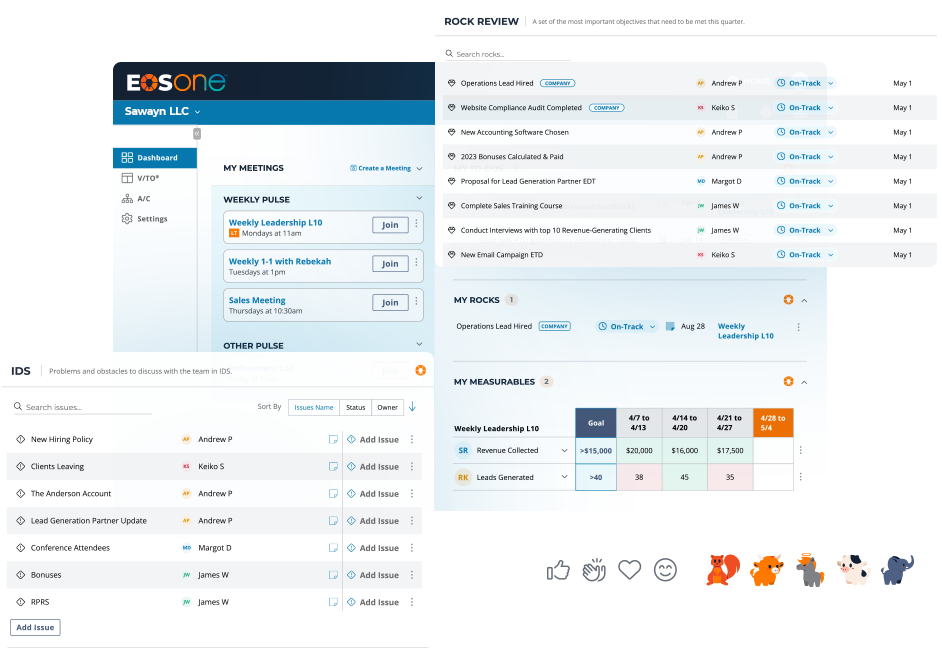You think you’re a person that’s open to feedback. You think people tell you the truth and come to you with open and honest input from the frontlines. They don’t.
If you’re intimidating, you’re feared. (And you secretly love it.) People will be hesitant to tell you the truth because of your wrath.
If you’re likable, you’re still feared. Being likable means that people want you to like them, too. So, why would they bring you bad news and make you associate unhappiness, failure, or disappointment with them?
Usually, the only people who bring the news you need are the people who are less likable and don’t care to be liked, and thus you prefer not to have them around you. But you need them. Or, better, you need the feedback function they offer.
So, how can you create an environment where you get the honest and accurate assessments, feedback loops, you need?
Make feedback a built-in process of the business.
Ask,
What process can be implemented to ensure I’m being open to feedback, critique, new ideas, and different perspectives?
When I lead a group through a Workshop or an EOS Session, I conclude the day by asking for feedback. It’s built into the agenda, and everyone learns to expect it. It’s not always fun, but it’s important. I’d rather know something I can improve than not know and continue in a manner that’s less than optimal.
Specifically, I ask the group at the end of the session to rate the time from 1 to 10.
“How did we do together? 1-10”
If anyone says anything less than a 9 or 10, I ask, “What would make it a 9 or 10?”
I might also add, “Is there anything you wish we would have covered or addressed differently?”
This is not a formality. I want to know. And I want them to feel free to share.
And when I receive feedback, I do my best to never defend myself or justify or shirk responsibility. Sometimes their feedback is bias, jaded, or stupid. That’s okay. As the leader, I can handle it and I can determine if it’s useful. I want the feedback, even if I think it’s misguided. If I shut them down, they’ll never offer input again. It can be as difficult to offer critical feedback as it is to receive it. Thank them and process their input later.
A mentor once told me, critical feedback is like chewing gum. Chew on it, decide if there’s a flavor you can appreciate and learn from, then spit it out. Don’t swallow or try to ingest the negative. Don’t keep it with you or obsess about it or allow it cause you insecurity. It’s just feedback. It will make you better if you don’t allow it to make you bitter.
So,
- Be open and curious, inviting feedback.
- Process the lesson.
- Decide if action is required.
- Create a plan, if so. (Then let it go.)
- Honor the person if their input was valuable.
- Repeat.
This is how we build a culture of openness, honesty, and continual improvement.
Final note: The more comfortable people get with feedback, the more bold and perhaps cavalier they may become in offering it. Set a standard that feedback is offered in the following way:
Feedback is delivered in a way that is…
- Timely – When the event is in recent memory, not drudging up something from the past.
- Respectful – Honor the person, not making it unnecessarily personal, dramatic, or embarrassing. (Avoid phrases like, “You always… You never… This is so typical… etc. And no name-calling.)
- Helpful – Make sure the input is useful and not just to make a point or put someone down.
Include this simple feedback loop process in your business and watch morale improve as you reinforce a culture of openness, humility, and continual improvement.

